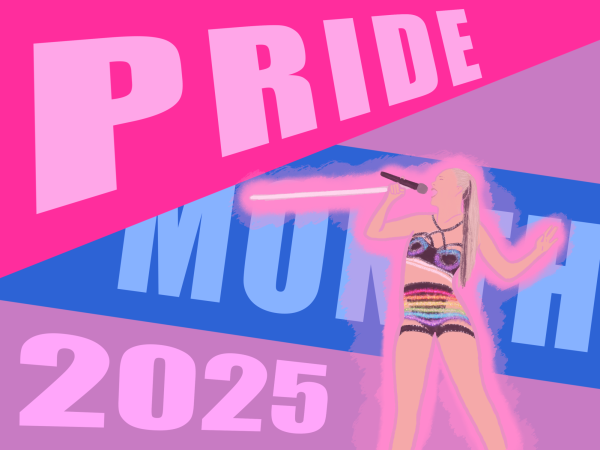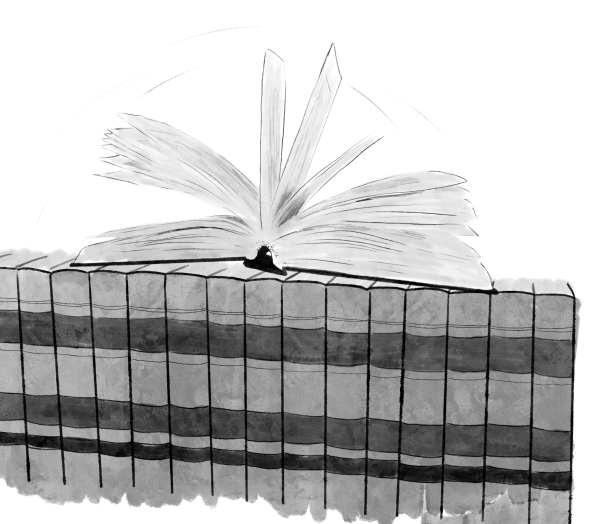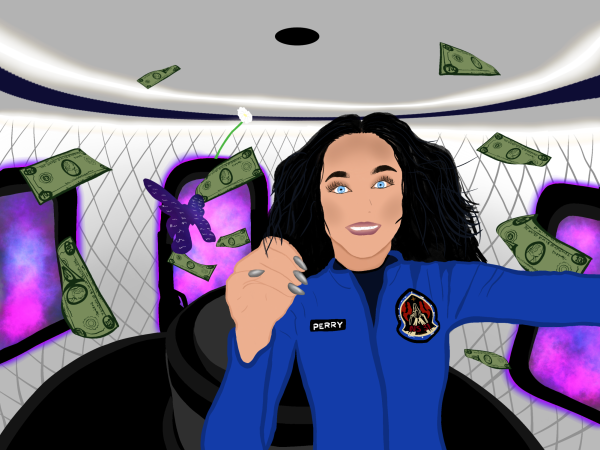OPINION: UNCW’s campus should be convenient for neurodivergent students
Whether or not we are neurotypical, we each have an inherent desire for convenience. However, UNCW’s campus is fundamentally designed for the convenience of specifically neurotypical students. As a result, neurodivergent students deal with a number of challenges on campus. As a person with cerebral palsy, there are many inconveniences that I have struggled with, and continue to struggle with, while navigating around UNCW’s campus.
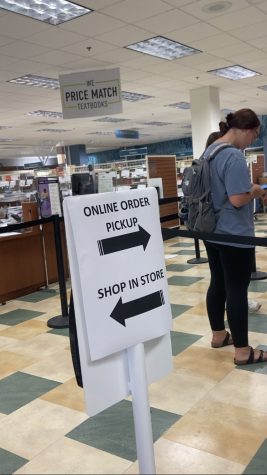
At the start of this semester, I had several books that I wanted to sell back to the bookstore from previous semesters. Initially, I used the elevator by the bathrooms in Fisher Student Union to access the bookstore since they, in previous semesters, had a line set up outside of the library on the second floor. I didn’t want to make a full loop around the building just to get in that line. However, I was met with locked doors with a sign directing me to access the bookstore from the store on the first floor.
As a result, I had to go back to the elevator and down to the first floor to use the elevator in the store. While this was definitely just an inconvenience for me as a half marathon runner, this extra exertion of energy for other members of the disabled student population is enormous and could be their breaking point. This whole thing could have been avoided if the university had simply put a sign at the elevator on the first floor directing us, neurodivergent students, to use the elevator in the bookstore.
Furthermore, signs in the bookstore itself would aid in the neurodivergent student’s experience. While the elevator spits one out by the registers in the bookstore, one has to navigate around the bookstore with its narrow turns and nooks aimlessly attempting to locate the actual entry point to the line which is situated by the stairs.
Meanwhile, our neurotypical peers are literally greeted with the entrance to the line with a sign as soon as they reach the top of the stairs. While signage would help, the university could just create an entrance to the line from the elevator. This definitely would help wheelchair users by eliminating the hassle of navigating through the tight maze that is the bookstore.
While the previous issues are only an inconvenience once or twice a year, there are a few difficulties that are more permanent. Most buildings have one elevator, usually in the middle, and stairwells at every entrance. Take for example Leutze Hall, which has three entrances and stairwells, and one elevator which is more conveniently located by two entrances than the third entrance. Imagine someone has a class on the first floor near the entrance that is furthest from the elevator. They must meet with the professor in an office that is almost directly above the classroom they have class in. A neurotypical student can go up the stairwell through the closest entrance. A neurodivergent student has to walk through the entire building just to get to the Professor’s office and back.
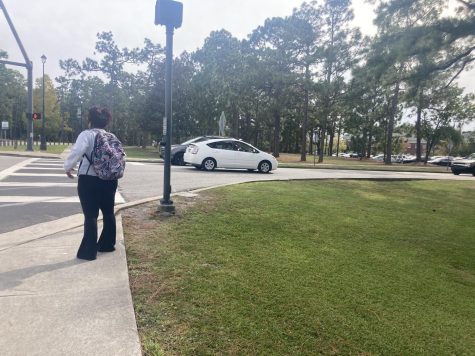
While these distances aren’t astronomical, per say, they can be mentally and physically taxing for individuals with manual wheelchairs or those who struggle more with walking, particularly when navigating crowded hallways full of students. A simple fix to this is installing elevators at all entrances of buildings yet to be constructed on campus. That way, neurodivergent students can have the same convenience as their neurotypical counterparts. Both neurotypical and neurodivergent individuals deserve the same experiences on college campuses.
Additionally, signal buttons at crosswalks should be accessible from the sidewalk. The crosswalk signal button on the right side of Racine Drive coming onto campus is vicariously placed at best, and there’s no way a person in a wheelchair can get to it. Even I, who can walk pretty normally, have to step off the sidewalk in order to push the button, thus wasting precious seconds to get back onto the sidewalk while trying to maintain my balance. Sometimes, it immediately turns to the walk signal, which then eats into my time to cross the road. I end up having to rush in order to avoid being in the middle of the road when the time runs out.
Unfortunately, I have no authority to implement these changes. I sincerely hope the administration will implement these ideas throughout their policies and enable us, both neurotypical and neurodivergent students, to properly enjoy our time here at UNCW.


